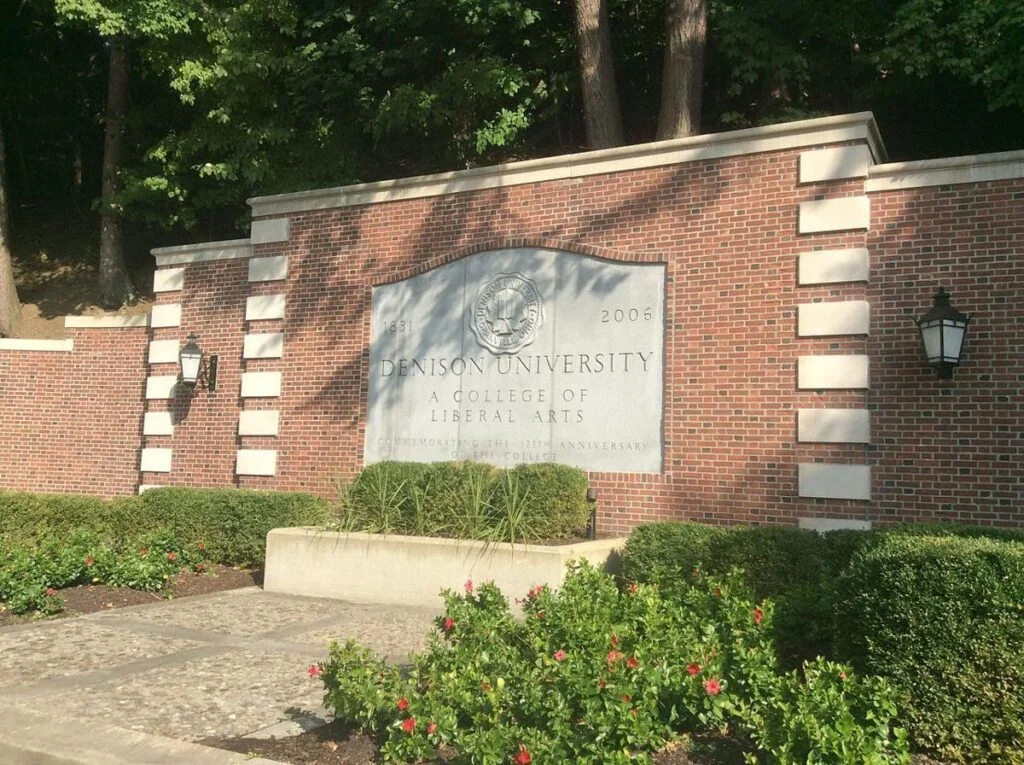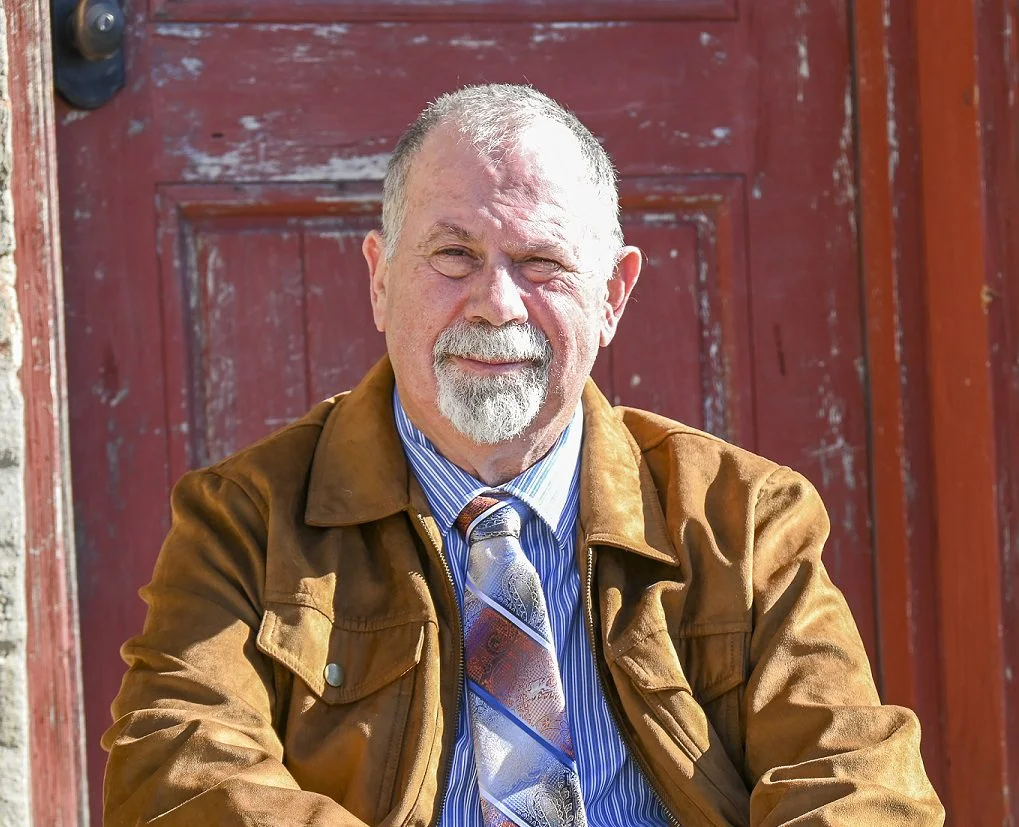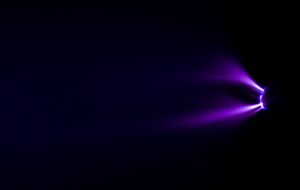Lost Antigravity Research – At a Glance
Why do crucial records vanish just as they become relevant? The case of Townsend Brown and Paul Biefeld at Denison University highlights a broader pattern in lost antigravity research. Once part of academic archives, documents tied to their early experiments have quietly disappeared. Eyewitnesses confirm the work was once openly taught, yet files are now missing. With growing defense interest and connections to technologies like the Stealth Bomber, these gaps raise critical questions. Whether buried intentionally or dismissed as fringe science, the story behind this missing research remains a powerful clue in the larger pursuit of advanced propulsion.
Read time: 6 minutes
Introduction
Why did the records disappear, and who decided they should? Lost antigravity research often seems to dissolve at the very point when its discoveries gain relevance. At Denison University in Granville, Ohio, documents once tied to the early experiments of Townsend Brown and Paul Biefeld are no longer in the archives. What matters now isn’t that they disappeared but the reason behind it.
Missing Archives, Missing Answers

Brown attended Denison University, though it remains unclear whether he graduated. What’s known is that he worked closely with Professor Paul Biefeld, laying the groundwork for what would later be called the Biefeld-Brown Effect, an early form of electrogravitic propulsion. Before the U.S. government publicly acknowledged the Stealth Program, researchers could locate files referencing Brown’s work at Denison. Once defense interest grew, that paper trail reportedly went cold. The university no longer holds those records.
This vanishing act is part of a larger pattern seen in other examples of lost antigravity research. According to author and physicist Dr. Paul LaViolette, he personally visited Denison in the early 1980s to examine records on Brown and Biefeld’s experiments. But soon after publishing his findings in Subquantum Kinetics, the records were gone.
Eyewitness to the Biefeld-Brown Effect
At the 2018 “Tesla ExtraOrdinary Science Conference,” I heard retired USAF Colonel Allen Throckmorton share his own experience. As a Denison student in the early 1940s, he recalled learning directly from Professor Biefeld about the Biefeld-Brown Effect. It wasn’t just speculative theory. It was exam material. Throckmorton described the experiments as part of the standard curriculum, a remarkable detail suggesting that the university once publicly supported this line of inquiry.
Years later, when LaViolette’s book drew connections between the Biefeld-Brown Effect and the propulsion system used in the Stealth Bomber, Throckmorton returned to Denison. He hoped to find documentation confirming what he remembered. But everything related to Biefeld and Brown was gone. His story aligns with multiple claims pointing to the intentional disappearance of lost antigravity research from academic institutions.
The Evidence That Still Exists
Despite the purge of university files, some fragments of this history remain. Brown’s first patent, British Patent 300,311, documents early experiments with high-voltage propulsion. Later, U.S. Patents 2,949,550 and 3,022,430 describe a flame jet generator resembling the engine design later revealed on the Stealth Bomber. These patents form the technical foundation of what many now refer to as lost antigravity research.
Independent reports have also preserved parts of Brown’s legacy. The 1959 Serendipity report by Rand International details his work and is housed at the Library of Congress. Authors such as Stan Deyo (The Cosmic Conspiracy) and Dr. Thomas Valone (Electrogravitics 1) have included this report in their own writings, ensuring it remains accessible.
A Shadow That Still Hangs Over the Field
The United States Air Force recently announced that the B-21 “Ghost,” successor to the Stealth Bomber, uses ion propulsion. Whether it is directly linked to Brown’s early work remains unknown, but the similarities are striking. Lost antigravity research continues to shape the speculation and theories surrounding current aerospace advancements.
Why would academic records disappear unless they pointed to something valuable, something worth protecting? While it’s possible these records were discarded as outdated science, the broader context suggests otherwise. As long as classified propulsion programs continue to advance, the mystery of what happened at Denison will remain part of the larger antigravity puzzle.
“The absence of evidence is not the evidence of absence.”
– Carl Sagan
Lost Antigravity Research – What We Know
The disappearance of records tied to Townsend Brown and Paul Biefeld is more than an archival mystery. It is part of a recurring pattern in the history of lost antigravity research. Despite scattered patents and personal accounts, the official trail has gone quiet just as related technologies move into active use. Whether erased intentionally or simply neglected, the missing documents raise important questions about how science is remembered or silenced.
How might Brown’s approved patents help us piece together what’s missing from the official research trail?
Explore What Others Are Building
The vanishing records at Denison University and in so many other cases remind us that history can be edited, withheld, or simply forgotten. But it can also be rebuilt. Preserved. Shared.
That’s part of what I aim to do through my Insights & Extras page. It’s where I highlight the work of others, videos, interviews, white papers, and experiments, who are exploring electrogravitics, electro-kinetics, and ion propulsion in meaningful ways. These are the voices and efforts keeping the conversation alive.
If you’ve contributed something to this field, I’d be glad to learn about it and consider featuring it there.
📩 Just send a note to 👉 letstalk@larrydeavenport.com or schedule a time to talk if you’d like to walk me through what you’ve built.
The more we surface, the more we all learn. And the less likely these stories are to disappear again.
About the Author

Larry Deavenport is a researcher, speaker, and educator with more than 40 years of experience exploring the frontier of electrokinetics, which he calls energy in motion. As founder of Deavenport Technology, he is dedicated to equipping innovators, researchers, and engineers with the clarity, tools, and mentorship they need to transform scattered theories into working prototypes.
Larry’s work focuses on bridging the gap between curiosity-driven experimentation and practical application. His teaching combines structured principles, hands-on demonstrations, and one-on-one guidance to help learners refine breakthroughs and accelerate discoveries. Through his keynotes, workshops, mentoring programs, and his two signature master courses, Larry inspires a new generation of pioneers to explore advanced gravitics and motion-based energy systems that align with natural forces and reduce environmental impact.
Passionate about both discovery and education, Larry continues to share his research and insights at conferences, in collaborative forums, and through his growing platform at Deavenport Technology. His mission is to guide bold thinkers who are ready to move from possibility into progress, shaping the future of sustainable energy and redefining what is possible.
References
- British Patent No. 300,311 (1928) – A Method of and an Apparatus or Machine for Producing Force or Motion by Townsend T. Brown. UK Intellectual Property Office.
- U.S. Patent No. 2,949,550 (1960) – Electrokinetic Apparatus by Townsend T. Brown. U.S. Patent and Trademark Office.
- U.S. Patent No. 3,022,430 (1962) – Flame Jet Generator by Townsend T. Brown. U.S. Patent and Trademark Office.
- LaViolette, Paul A. (1994). Subquantum Kinetics: A Systems Approach to Physics and Cosmology. Starlane Publications.
- Valone, Thomas (Ed.). (1994). Electrogravitics Systems: Reports on a New Propulsion Methodology. Integrity Research Institute.
- Deyo, Stan. (1978). The Cosmic Conspiracy. West Australian Texas Trading.
- Serendipity Report (1959). Rand International. Archival excerpts available via Library of Congress and cited in works by Valone and Deyo.
- TeslaTech Extraordinary Technology Conference (2018). Eyewitness account by Colonel Allen Throckmorton regarding the Biefeld-Brown Effect at Denison University. Available through teslatech.info.



